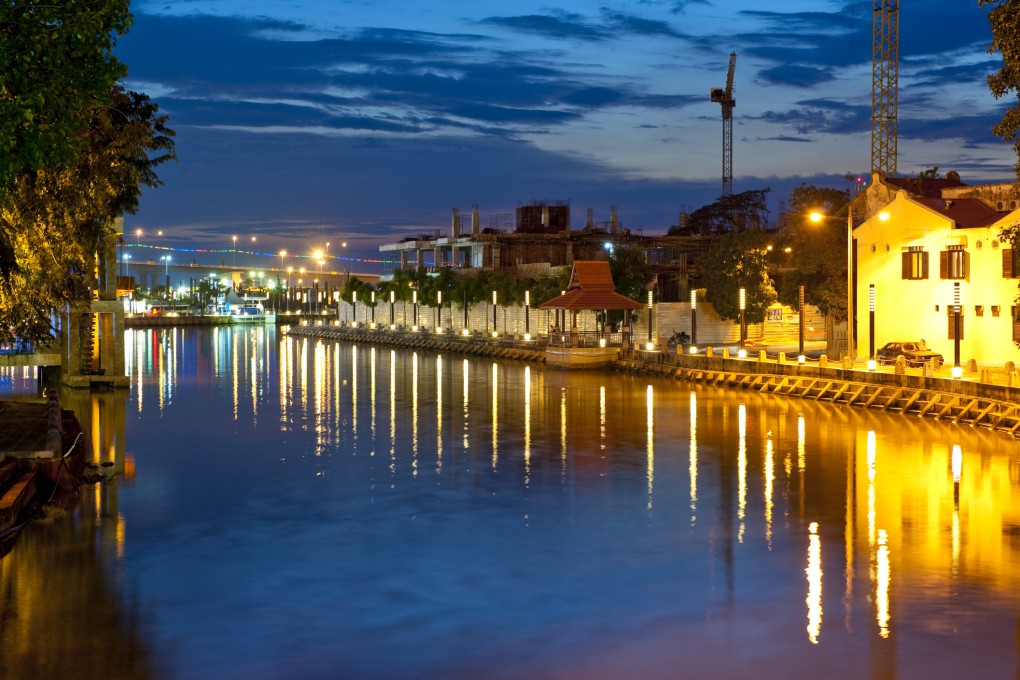Melaka Gateway heralds new era
A 246-hectare area in the state of Melaka, comprising man-made eco-islands, entertainment resorts and theme parks, is Malaysia's next mega-project designed to boost the country's tourism industry by attracting high-end consumers.

A 246-hectare area in the state of Melaka, comprising man-made eco-islands, entertainment resorts and theme parks, is Malaysia's next mega-project designed to boost the country's tourism industry by attracting high-end consumers.
Dubbed the Melaka Gateway, the 50 billion ringgit (HK$118 billion) development, which includes an international cruise terminal, is targeted to attract at least 2.5 million additional tourists to the state and create 15,000 jobs.
Hong Kong interests join those from the mainland, United Arab Emirates and the United States in investing in the project that is expected to be finished within the next 10 years.
"The Melaka Gateway is an innovative tourism product [and] complements the government's tourism target," Malaysian Prime Minister Najib Razak said at the announcement of the development.
Malaysia is shifting its tourism strategy to bring in high-yield travellers from all over the world, including rapidly growing markets such as China and India. The focus on affluent tourists comes after the government identified four global "mega trends" that it wants to tap into to become a high-income nation by 2020. "To achieve our 2020 goal, we have shifted our focus to growing yield per tourist," Najib said. "To attract the higher-yield segment, we are upgrading tourist offerings and services, as well as enhancing connectivity to key priority markets in the tourism sector.
"The Melaka Gateway, with its luxury offerings of an international cruise jetty and the largest marina in Asia, is, therefore, poised to bring in this crowd."
The development will add three more man-made islands to the existing Pulau Melaka off the state's shores on the west coast of the Malaysian Peninsula - making it the largest cluster of artificial islands in Southeast Asia.
